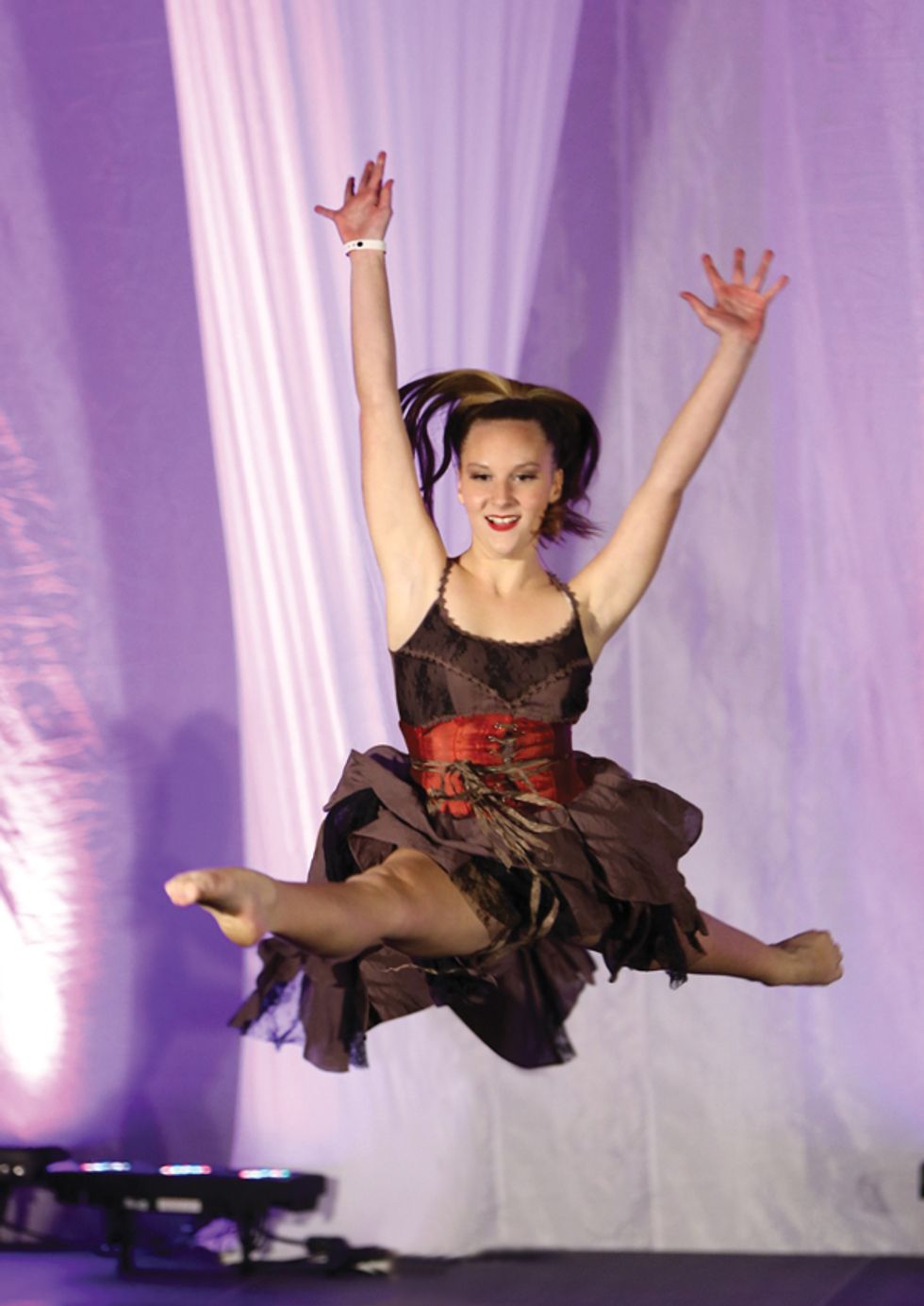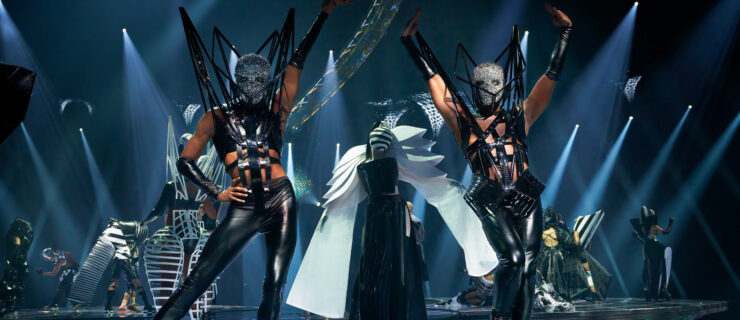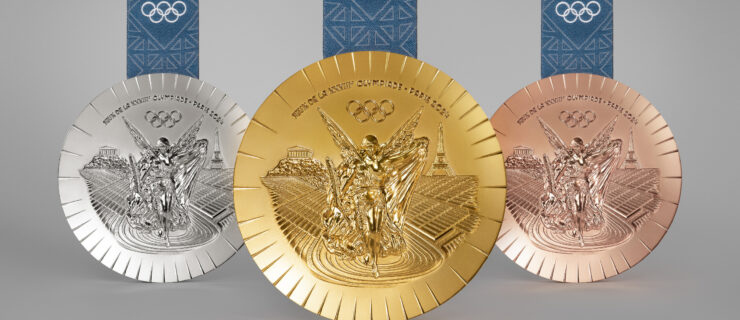Be a Master of Disguise

Schuyler Gieringer of Michelle Latimer Dance Academy company may have flaws, but you’d never guess—because she’s making sure you can’t see them. (Photo via evolvephotovideo.com)
Baby, you were born this way!
Even though not every dancer has the “ideal” build, all dancers can learn to make the most of their natural attributes. Here’s how to improve the things you can change—and camouflage the things you can’t.
Turnout Troubles
A lot of us can relate to Center Stage’s not-so-turned-out Jody Sawyer. The best way to maximize turnout is to work on rotating from your hip joints. “Think about the way you roll your shoulders from front to back,” says Josie Walsh, artistic director of both Ballet RED and the Joffrey Ballet School Summer Intensive in San Francisco. “Our hips are rolling joints, too.” Picture your legs rolling outward from the hips to achieve your maximum natural rotation.
You can also improve slightly on natural turnout. Try Walsh’s turnout-strengthening exercise: Lie on your left side with your knees bent. Keeping your feet together, lift your right knee as much as you can without opening your right hip. Do 50 reps, then repeat on the other side.
Flexibility Flaws
You can get bendier—but you can’t cheat your way there. “We all want to have extension right away, sometimes at the sacrifice of correct technique,” says Yvette Tucker, who trained with the Joffrey Ballet and Hartford Ballet. If you don’t have great flexibility now, “bring your leg lower so you can turn out from the hip,” Tucker says, which will build strength in the right muscles. Every line looks better when your leg is turned out, and maintaining proper placement from the beginning will help you hold higher extensions correctly later on.
While stretching daily will improve your flexibility, Julie Webb, who teaches at the Michelle Latimer Dance Academy in Greenwood Village, CO, often sees dancers make the mistake of forcing their muscles during stretches. “Dancers will sit on the floor in straddle position, and even if their stomachs are nowhere near the ground, they’ll push their chests down so their knees rotate in”—which can cause injuries. Don’t focus on an “end goal” while stretching. Instead, try to slowly and steadily improve from your starting point.
The Long and the Short of It
There’s no way to change your height, but there are ways to make your height work for you. Tucker is 5′ 3″, but she has found that dancing powerfully makes her look like an Amazon. “I learned how to cover space and book it from one side of the stage to the other,” she says. “I may be small, but I’ve proven I can move as big as someone whose stride is twice as large as mine.” If you’re vertically challenged, think about sending energy out through the ends of your feet during grand allégro, and creating more expansive port de bras by opening your chest and back.
Smart dancewear picks can also help you stand tall. Tucker has learned how to trick the eye by wearing tights the same color as her pointe shoes, which makes her legs look longer. Three-inch character heels have also come in handy: “Those extra inches of leg line really help.”

Josie Walsh teaching at the Joffrey Ballet School San Francisco summer program. (Photo by Jody Q. Kasch)
Walsh had the opposite problem in her dancing days: She was 6′ 2″ on pointe and felt she was always “apologizing for being tall.” But slouching draws attention for the wrong reasons—and when it comes to line, tall is beautiful. It wasn’t until Walsh embraced her height that everything started to gel: “When I started dancing larger than life, the world started responding.”
Moving quickly, however, can be a challenge for tall girls. Speed starts at the barre, where you build the fast-twitch muscles that get you through crazy petit allégro combinations. Imagine an elastic between your inner thighs, which rebounds after each tendu or dégagé. You’ll find that will eventually help you pick up the tempo in the center.
Off On the Right Foot
Everyone wants beautifully arched feet, but what happens when things fall “flat”? The issue isn’t easy to fix, but it’s also not a dealbreaker. “Even if you stretch your feet as much as you can, there’s only so much you can do,” Webb says. “The key is making them look like they’re better than they are.”
The way Webb and her dancers accomplish that is through strategic angles and movement choices. In arabesque, a little bit of winging—rotating the ankle joint slightly, so the toes point upward—can go a long way. Shoe choices are also crucial. Webb tells dancers with poor feet to avoid bulky jazz shoes and instead choose shoes like Elastosplits, which emphasize the arch.
When working with dancers at the Joffrey Ballet School summer intensives, Walsh advises dancers to focus on strengthening as well as stretching their feet: “Stretching is helpful, but you should immediately follow stretching with Thera-Band exercises.” When it comes to staying injury-free (and technically solid), strong feet are a dancer’s best friend.
The Bottom Line
Sometimes the things you see as weaknesses are helping you become a stronger dancer. “People who have limitations have to work harder to be articulate with what they have,” Walsh says. “They use their legs and feet with more wisdom than people who have everything naturally, because they’ve analyzed every movement.” And remember: Audiences don’t applaud good feet—they applaud great dancers.




